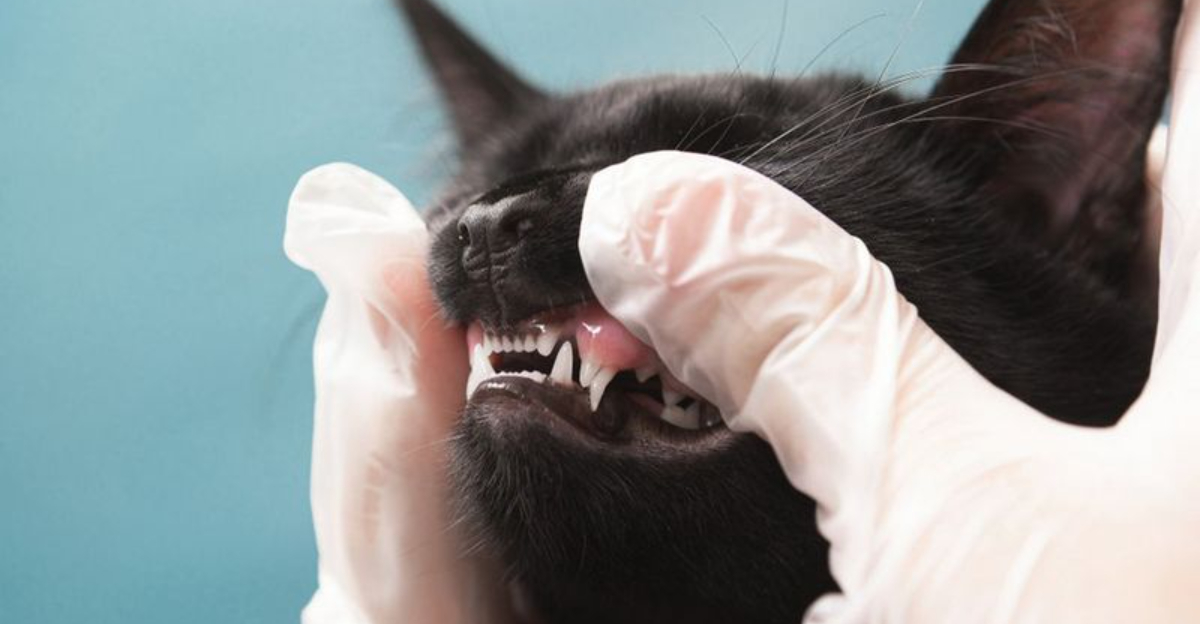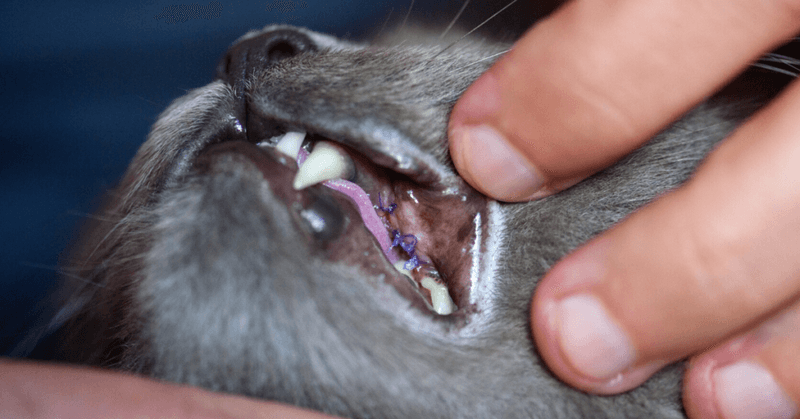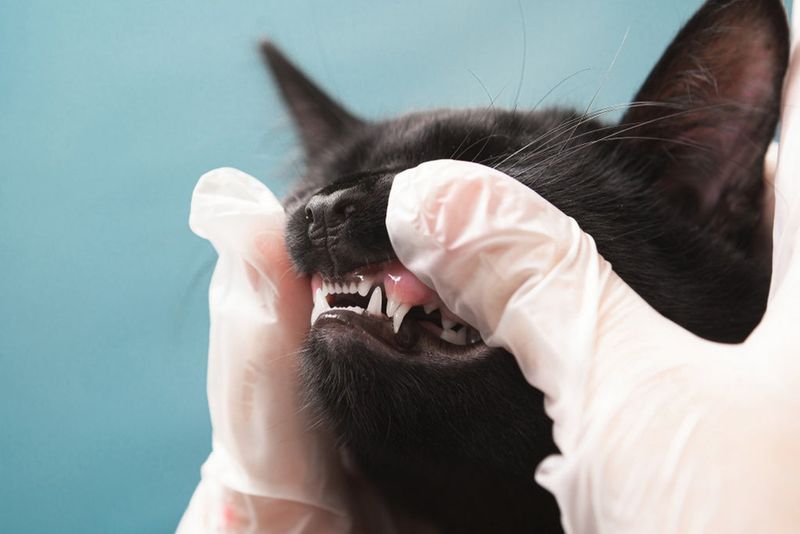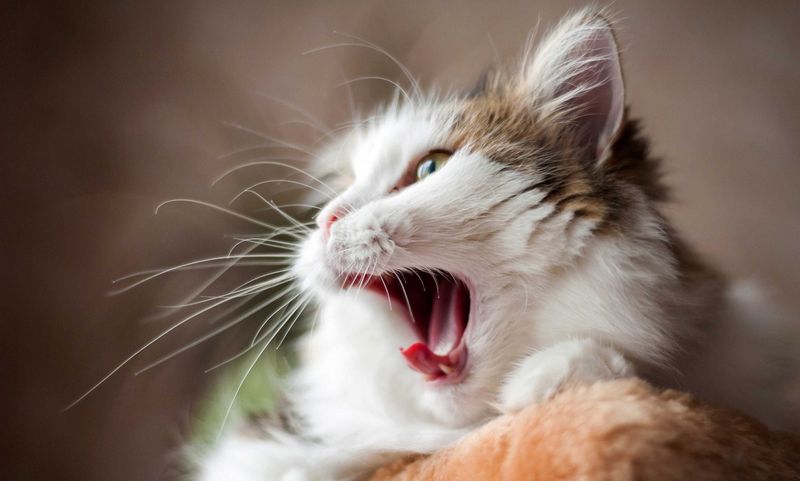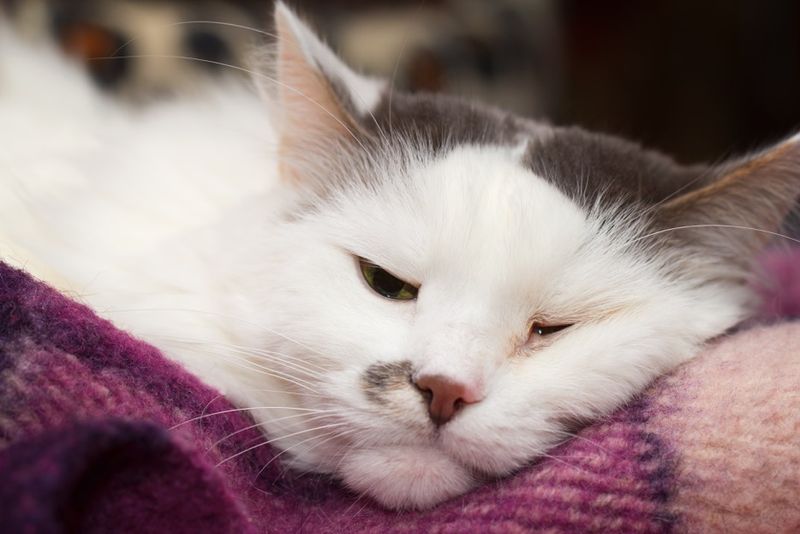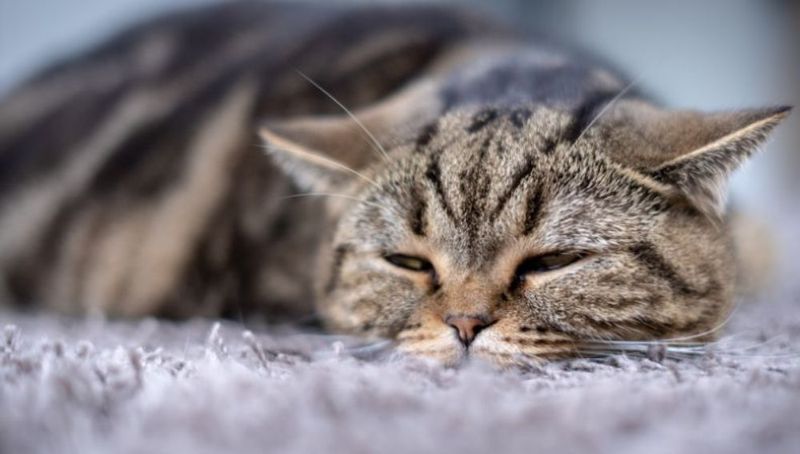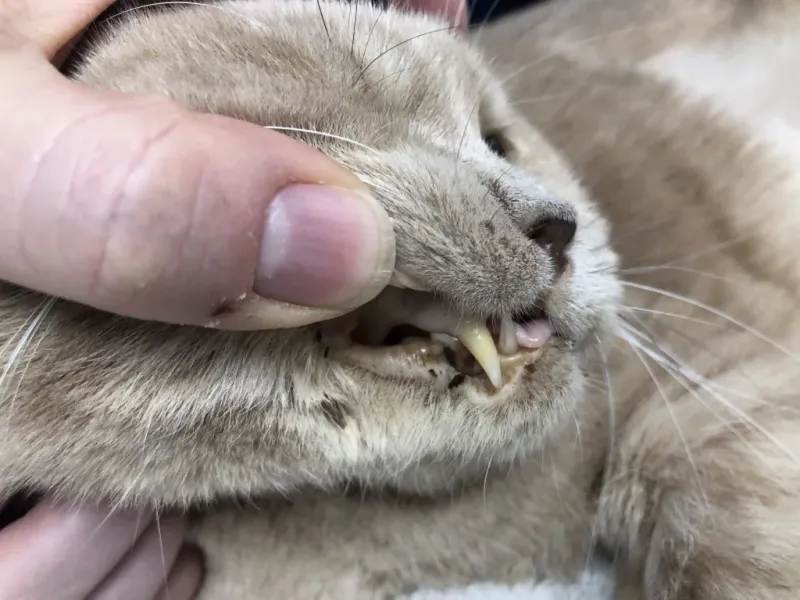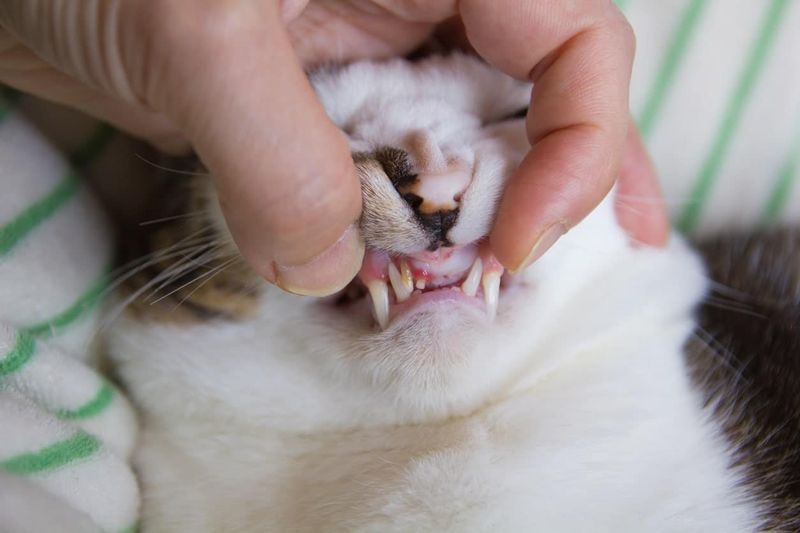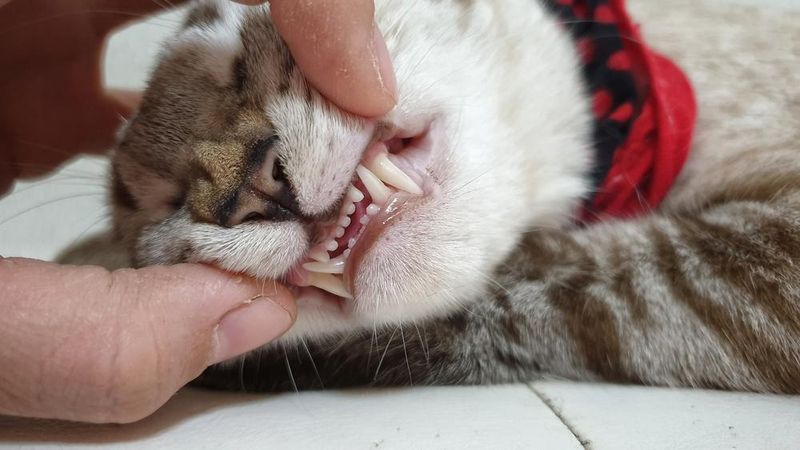📖 Table of Content:
Pale gums in cats are often an important visual cue that something may be wrong internally. While it’s easy to overlook, the color of your cat’s gums can be a crucial indicator of their overall health. Healthy cat gums are typically a nice pink color, signaling proper oxygenation and circulation.
When the gums lose their usual pink hue and turn pale, it suggests that there may be a lack of blood flow or a shortage of red blood cells. This symptom isn’t a diagnosis itself, but rather a warning that your cat could be experiencing a variety of underlying issues. Some causes are relatively minor, while others require urgent veterinary care to prevent serious complications.
Understanding the potential reasons behind pale gums can help you respond more quickly and effectively if your cat begins showing this sign. Whether the cause is something manageable or a medical emergency, being informed empowers you to take the best possible action. Below, we explore 10 potential causes to give you a deeper understanding of what might be happening.
1. Anemia
Among the most common reasons for pale gums in cats is anemia, which occurs when the body doesn’t have enough red blood cells to deliver oxygen effectively. This condition can arise due to chronic disease, nutritional deficiencies, or internal bleeding. Cats with anemia might also show signs of lethargy, weakness, and a reduced appetite. Early intervention often leads to better outcomes, so noticing pale gums early is vital. Treatment will depend on identifying and correcting the underlying cause, such as managing kidney disease or supplementing iron. In many cases, blood work is necessary to diagnose the severity and nature of the anemia. Veterinary guidance is essential to formulating a proper treatment plan.
2. Blood Loss (Hemorrhage)
Loss of blood, either internally or externally, can quickly cause a cat’s gums to appear noticeably pale. Accidents, injuries, surgical complications, or bleeding ulcers may result in significant hemorrhage. Cats suffering from blood loss often become weak, cold, and may collapse if the bleeding is severe. Rapid veterinary intervention is crucial to stabilize the cat and address the source of the bleeding. Emergency measures might include blood transfusions or surgery depending on the cause. Pale gums can sometimes be the first visible sign that a dangerous loss of blood is occurring internally. Owners should treat any suspicion of hemorrhage as an immediate medical emergency.
3. Shock
Following a traumatic event, such as a serious fall or severe allergic reaction, shock can set in and reduce blood circulation to the extremities. One visible effect of shock is the sudden paleness of a cat’s gums, along with rapid breathing and weakness. Without swift treatment, shock can be fatal because it deprives vital organs of necessary oxygen. The causes of shock vary widely, from infections to significant blood loss, requiring different approaches depending on the situation. Veterinarians typically focus first on stabilizing the cat’s heart rate, blood pressure, and breathing. Intravenous fluids, oxygen, and medication may all be needed to counteract shock. Recognizing the symptoms quickly can make all the difference in recovery.
4. Parasites
Though they may seem harmless at low levels, heavy infestations of fleas, ticks, or intestinal worms can actually cause dangerous levels of blood loss. Cats, especially kittens or those already weakened by other health problems, may develop anemia as parasites continually drain their blood supply. Symptoms can escalate quietly until gum paleness becomes obvious. Effective parasite prevention and regular deworming are crucial parts of keeping a cat’s blood healthy. Severe infestations often require aggressive treatment, including hospitalization for supportive care. In addition to pale gums, cats may also exhibit weight loss, weakness, and a rough coat. Monitoring for parasites year-round is an important part of responsible pet care.
5. Kidney Disease
With kidney disease, the body’s ability to produce erythropoietin, a hormone that stimulates red blood cell production, diminishes significantly. Chronic kidney disease is especially common in older cats and often results in progressive anemia over time. Aside from pale gums, affected cats may drink excessively, urinate more frequently, and lose weight. Blood tests and urine analysis are critical in diagnosing kidney disease and assessing its impact. Managing kidney disease often involves dietary changes, fluid therapy, and medications to stimulate red blood cell production. Early diagnosis allows for better management and improved quality of life. Regular veterinary checkups are key to catching kidney problems before severe symptoms appear.
6. Heart Disease
Disorders affecting the heart can cause blood to circulate poorly, leading to reduced oxygenation and pale gums in cats. Some cats may also show signs like coughing, difficulty breathing, and decreased activity levels alongside gum paleness. Diagnosing heart disease typically involves chest X-rays, echocardiograms, and sometimes specialized blood tests. Treatment varies depending on the specific condition, but medications to support heart function are commonly prescribed. Heart disease can be managed successfully in many cases if caught early. Routine monitoring helps veterinarians adjust medications as needed over time. Keeping a close eye on subtle changes in behavior or appearance is vital for cats at risk.
7. Toxin Exposure
Ingestion of toxic substances can result in the destruction of red blood cells, leading to pale gums and other life-threatening symptoms. Common household dangers include rat poisons, certain plants, onions, and even some medications meant for humans. Cats that have ingested toxins might also vomit, have seizures, or become extremely weak. Immediate veterinary treatment is critical, often involving activated charcoal administration or antidotes where available. Not all toxins cause immediate symptoms, so pale gums could be one of the few early warning signs. Bloodwork may reveal the extent of the damage to red blood cells or organ function. Prevention is the best strategy by keeping all potential toxins securely out of reach.
8. Cancer
Some forms of cancer, such as leukemia or hemangiosarcoma, interfere with the body’s ability to maintain a healthy number of red blood cells. Cats affected by cancer might display multiple symptoms including pale gums, lethargy, unexplained weight loss, and persistent infections. Diagnosis often requires blood tests, imaging, and sometimes biopsies to confirm the presence of tumors or blood cancers. Treatment options vary widely, from chemotherapy to surgery, depending on the type and stage of cancer. Sadly, in some cases, palliative care becomes the primary focus to maintain comfort. Catching cancer early offers the best chance for effective treatment. Owners should report any sudden, unexplained symptoms to their veterinarian promptly.
9. Autoimmune Disorders
When the immune system mistakenly attacks the body’s own red blood cells, a condition known as immune-mediated hemolytic anemia (IMHA) can develop. Pale gums are one of the first signs, often accompanied by rapid breathing, jaundice, and extreme tiredness. Diagnosing IMHA usually involves blood tests that reveal an abnormal breakdown of red blood cells. Aggressive treatment with immune-suppressing drugs is necessary to stop the destruction of the blood cells. Some cats may require blood transfusions to stabilize their condition in the short term. Relapses can occur, making long-term monitoring important. Working closely with a veterinarian gives affected cats the best possible chance at remission.
10. Severe Infections (Sepsis)
Severe infections that spread through the bloodstream, known as sepsis, can impair blood circulation and oxygen delivery, leading to pale gums. Symptoms can develop rapidly and include fever, weakness, vomiting, and difficulty breathing. Sepsis is a medical emergency requiring hospitalization, intravenous antibiotics, fluids, and sometimes oxygen therapy. Cats with sepsis need intensive monitoring because their condition can deteriorate quickly. Blood cultures, imaging, and other diagnostics help pinpoint the source of infection. Swift, aggressive treatment offers the best hope for survival and recovery. Awareness of early warning signs can help catch life-threatening infections before they progress too far.
